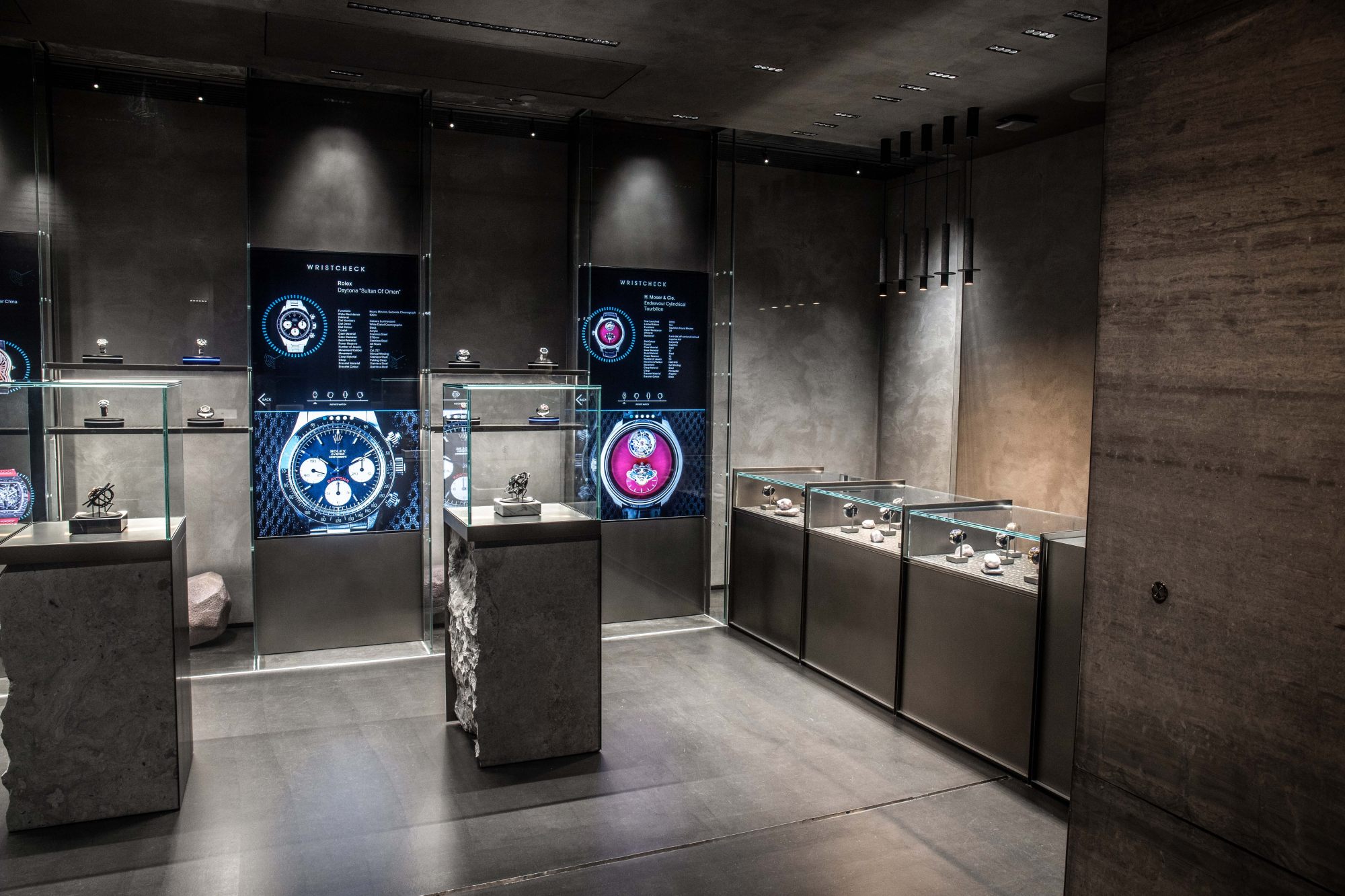
Pre-owned luxury watch retailer WristCheck in Hong Kong looks to shake up a fast-growing market
- Founded by watch influencer Austen Chu and business partner Sean Wong, WristCheck aims to bring an elevated buying experience to the second-hand market
- Chu, 24, says he poured his own worst experiences of watch buying into building the brand, including being ‘treated like s***’ in watch shops
Once dismissed by the biggest names in watchmaking and left to boutique retailers and private dealers, the pre-owned luxury watch market has exploded in recent years and is now the industry’s fastest-growing category, with sales predicted to reach up to US$32 billion by 2025, according to a June report published by McKinsey and trade publication The Business of Fashion.
Hong Kong, long a global centre of watch retail, has always had a robust market for pre-owned watches, dominated by distinctly unglamorous small watch shops located in Tsim Sha Tsui, Mong Kok and Sham Shui Po serving a local and older clientele rather than collectors.
In recent years, a new breed of pre-owned retailer has staked a claim in the city, opening boutiques in Central and concessions in larger retailers such as Lane Crawford. The likes of WatchBox, Watchfinder and The Vintage Concept are all hoping to tap into the surging interest in pre-owned watches from young, savvy, international collectors.
To that list can be added WristCheck, a start-up established at the beginning of this year which opened its first store in the Landmark Atrium mall in Central in September. The brainchild of watch influencer Austen Chu and his business partner Sean Wong, WristCheck has created an innovative multi-use space that brings the elevated experience of buying new watches to the second-hand market.

Described as a “hang-out” space, the new boutique features a fully stocked bar, an interactive augmented reality video wall and tech-laden display cases, making WristCheck a far cry from the staid, tradition-led boutiques of the big Swiss brands.
“The future of luxury is definitely moving towards experiences,” says Chu, who is behind the popular @horoloupe account on Instagram and has worked as an ambassador of sorts for Audemars Piguet in the past, even collaborating on a watch with the brand.
Why these women are wearing and collecting expensive men’s watches
“You look at LVMH, they are buying hotels and not brands any more, because it’s all about experiences. People who are paying [such high prices] for a product should have an experience that is unforgettable and is at least on a par with what the boutiques provide.”
The 24-year-old says he poured a lot of his own worst experiences of watch buying into building WristCheck, hoping that young collectors can avoid the pitfalls and dismissive attitudes often found elsewhere.
“If you’re a young person and walk into a watch boutique, and you don’t have any prior connections or any relationship with them, then chances are you’re going to be treated like dog s***,” he says.
“When I walk into watch stores, and I’m actually wearing a nice watch, and I dress the way that I do, like a young person, and I get treated like s***, it’s super intimidating. And yeah, I actually got told ‘deliveries are at the back’ a few times.”


The emergence of pre-owned luxury watch retail from the shadows has been driven partly by a greater acceptance of the category by the big watch brands, who were once fearful of grey-market and second-hand watches cannibalising revenue from new watches.
The industry’s embrace of pre-owned was made official in 2018, when Richemont, the luxury group that owns Cartier, Breguet, Omega and many other brands, bought UK-based pre-owned watch retailer Watchfinder.


Wong, 36, who formerly worked at Hypebeast’s digital retail arm HBX, says WristCheck is looking to help people interested in “hype collecting” graduate to watch collecting as they move from their 20s and into their 30s.


Underpinning the company’s drive to boost collecting is its fee and commission structure and its commitment to transparency, which again comes from the founders’ own travails buying pre-owned watches online.
Chu says WristCheck’s fixed 8 per cent commission from the selling price of the watch, in an industry where fees can hit 30 per cent, should help young collectors cycle through watches before finding the right pieces, particularly with the market for pre-owned watches so buoyant right now.
“We have clients that bought something from us four or five months ago that went up 25 per cent in value. They sold it and took an 8 per cent hit and bought something else. But if they were taking a 30 per cent hit, how long would they have to wait to buy something else?” says Chu, before adding: “I wish that something like this existed when I started collecting.”

